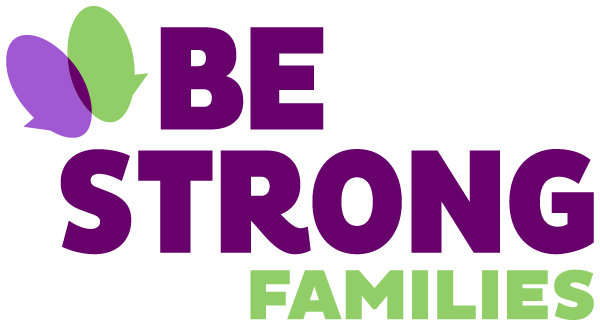A Corrective Perspective on Empowerment After Trauma
When hearing the word “trauma,” many of us have been conditioned to immediately think of something negative. Something that will have negative effects on our life, that we have no control over, and that requires healing. The word often brings connotations of victimhood, pathology, and shame. Judith Ehrman-Shapiro challenges this narrative in A Corrective Perspective on Empowerment after Trauma: 9 Steps to Freedom, a four-part series of webinars that highlight how the standard understanding of trauma can be changed to one of empowerment and possibility.
Judith is a nationally certified counselor, a board-certified dance/movement therapist, and a registered yoga teacher, with over 30 years of clinical experience. She is currently a doctoral student at CIIS, and her dissertation focuses on bereavement after homicide. In these webinars, Judith shifted the focus away from the common conceptualization of trauma, instead encouraging us to look at trauma not simply as a negative experience, but as a transformative event for important change. This transformation can be positive. It can be negative. The key is that it is transformative. We may not realize or have never been taught that there is no return to an initial way of being, but transformative change is vital.
From this perspective, empowerment after trauma is not homeostatic—meaning it’s a mechanism to return to a steady state of being of what was before the trauma—but is instead homeodynamic, which means we’re finding balance in new places.
Throughout the webinars, Judith laid out nine essential, nonlinear steps that create a participatory frame as a corrective perspective on empowerment after trauma. These steps move trauma away from the mindset of feeling victimized, having no place to go, and having no one to help towards an idea of how we become empowered and guided towards a connection of thriving and strength.
Why is it so important that we reconceptualize and correct the common narrative around trauma? To start, the medicalization of the trauma concept has overly emphasized the need for healing, rather than empowerment. It also assumes that psychological problems are inevitable, there are only standardized, approved routes towards fixing those problems, and that anything that differs from these set paths must be corrected. This is not always bad, but very often it takes away our voice and our ability to self-heal or move forward. By medicalizing trauma, professionals can take an individual’s agency away or pathologize communities with diagnoses that potentially stigmatize and minimize, even though that’s not what they mean to do. There is a place for the medicalization of trauma, as survivors may receive validation and comfort from medical diagnoses and treatment, but it must not be the defining narrative when discussing trauma.
With all of this in mind, several things are vital to recontextualizing our understanding of trauma. We must listen to the survivor. Their experiences and perspectives are vital. Medical diagnoses can be beneficial, but we must also trust our own inner wisdom when it comes to understanding how we will be empowered as individuals after trauma. The degree of how much we turn inwards and how much we turn to the experts depend on our own unique situations and experiences. It is also essential to not simplify a traumatic experience down to a negative event, but rather to correct our perspective of trauma to a transformative event that will necessitate change. Judith’s perspective has great potential to shift the conversation about trauma to one of liberation, rather than just healing.
Throughout this four-part series, Judith, co-host Katthe Wolf, and webinar attendees had wide-ranging conversations about trauma and the nine steps to freedom that are open, honest, difficult, and critical. You can view the recordings from the first three webinars in this series on our YouTube channel and Webinar Recordings page.
Article by: Andrew Hitchcock
